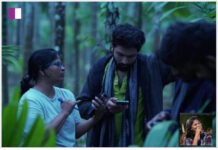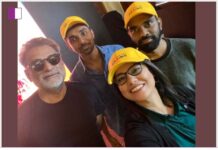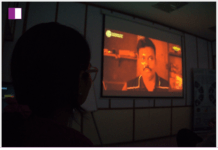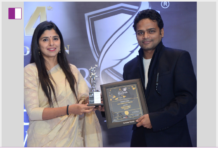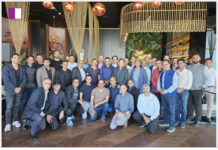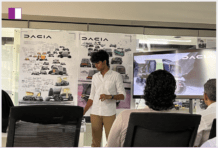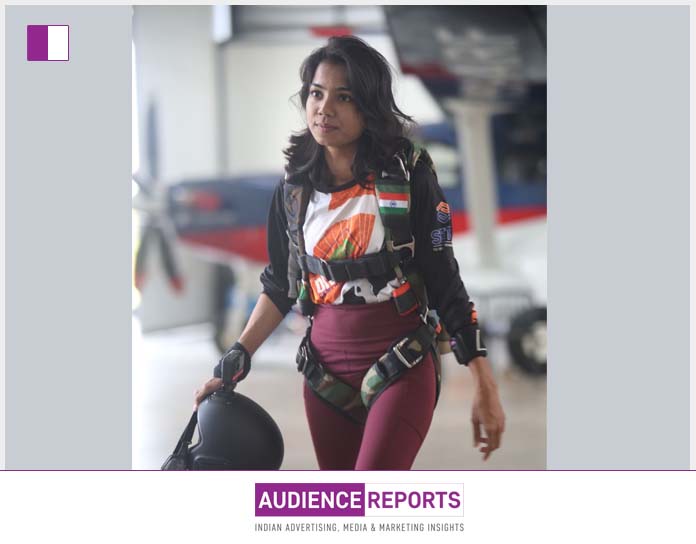As I reflect on my journey as a skydiver, I am reminded of a powerful concept that has not only shaped my approach to learning but also resonates deeply with various aspects of business and daily life: the whole-part-whole learning model. This pedagogical approach, which I have come to appreciate through my experiences in skydiving, proves to be remarkably effective in teaching complex skills and concepts.
Let me take this opportunity to share this invaluable knowledge with my esteemed LinkedIn network.
The whole-part-whole (WPW) model is a structured learning approach that unfolds in three distinct stages, each contributing to a comprehensive understanding of the subject matter:
- Whole:
In the initial stage of the WPW model, learners are introduced to the overarching concept or skill they are about to acquire. This phase serves as an orientation, providing learners with a holistic view of the subject matter. Through demonstrations, real-world examples, or concise explanations, learners gain insight into the big picture, laying the foundation for their learning journey. - Part:
Following the introduction of the whole, learners delve into the intricate details of the concept or skill by breaking it down into smaller, more manageable components. This stage enables focused learning, allowing learners to concentrate on specific aspects and master them systematically. Through instructional sessions, individual practice drills, or guided exercises, learners acquire a deeper understanding of the subject matter, one step at a time. - Whole:
Having explored the individual parts, learners then reintegrate them back into the original context, consolidating their comprehensive understanding. This final stage of the WPW model facilitates the application of acquired knowledge and skills in real-world scenarios. By engaging in comprehensive tasks, projects, or practical applications, learners solidify their grasp of the subject matter, ensuring a holistic comprehension that transcends isolated learning experiences.
The whole-part-whole learning model offers a plethora of compelling advantages that contribute to its effectiveness:
Reduced Complexity: Breaking down complex information into smaller, digestible chunks alleviates cognitive overload, making learning more accessible and manageable for learners.
Improved Focus: By dissecting the subject matter into specific parts, learners can direct their attention towards mastering individual components, fostering a deeper understanding and skill development.
Enhanced Engagement: The structured approach of the WPW model keeps learners actively involved throughout the learning process, enhancing motivation and sustaining interest in the subject matter.
Effective Knowledge Transfer: By revisiting the “whole” after exploring the individual parts, learners gain a comprehensive understanding of the subject matter, enabling them to apply their knowledge and skills across diverse contexts.
In essence, the whole-part-whole learning model emerges as a versatile and impactful strategy that transcends traditional learning boundaries. Its adaptability renders it suitable for various educational settings, professional training programs, and personal development endeavors, empowering learners to acquire, retain, and apply knowledge and skills effectively.
Shweta Parmar’s exploration of the whole-part-whole learning model serves as a testament to the transformative power of structured learning approaches. As we navigate the complexities of learning and skill acquisition, let us embrace the holistic perspective offered by the WPW model, empowering ourselves and others to embark on meaningful learning journeys that transcend boundaries and unlock new realms of knowledge and proficiency.

